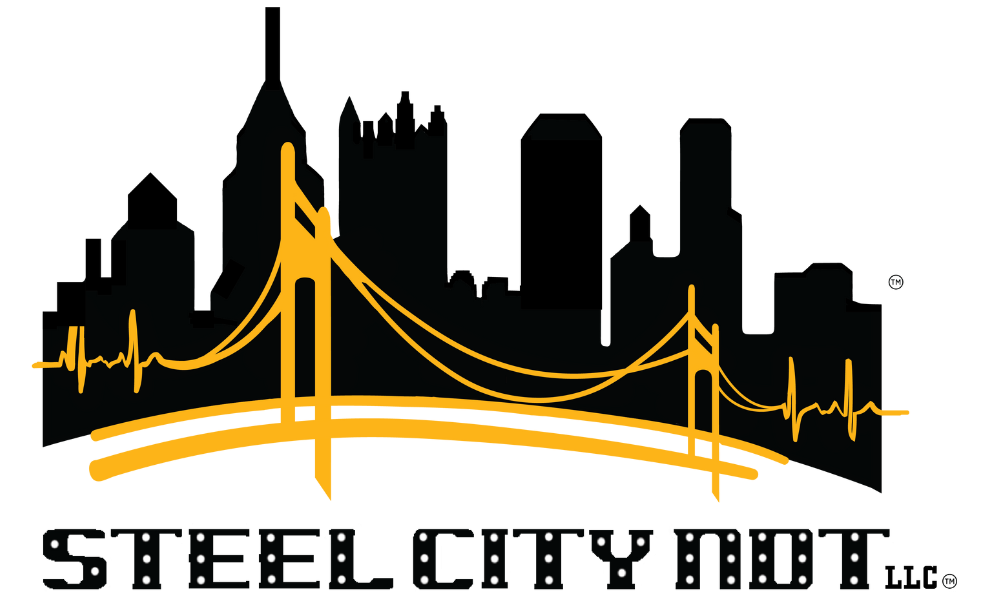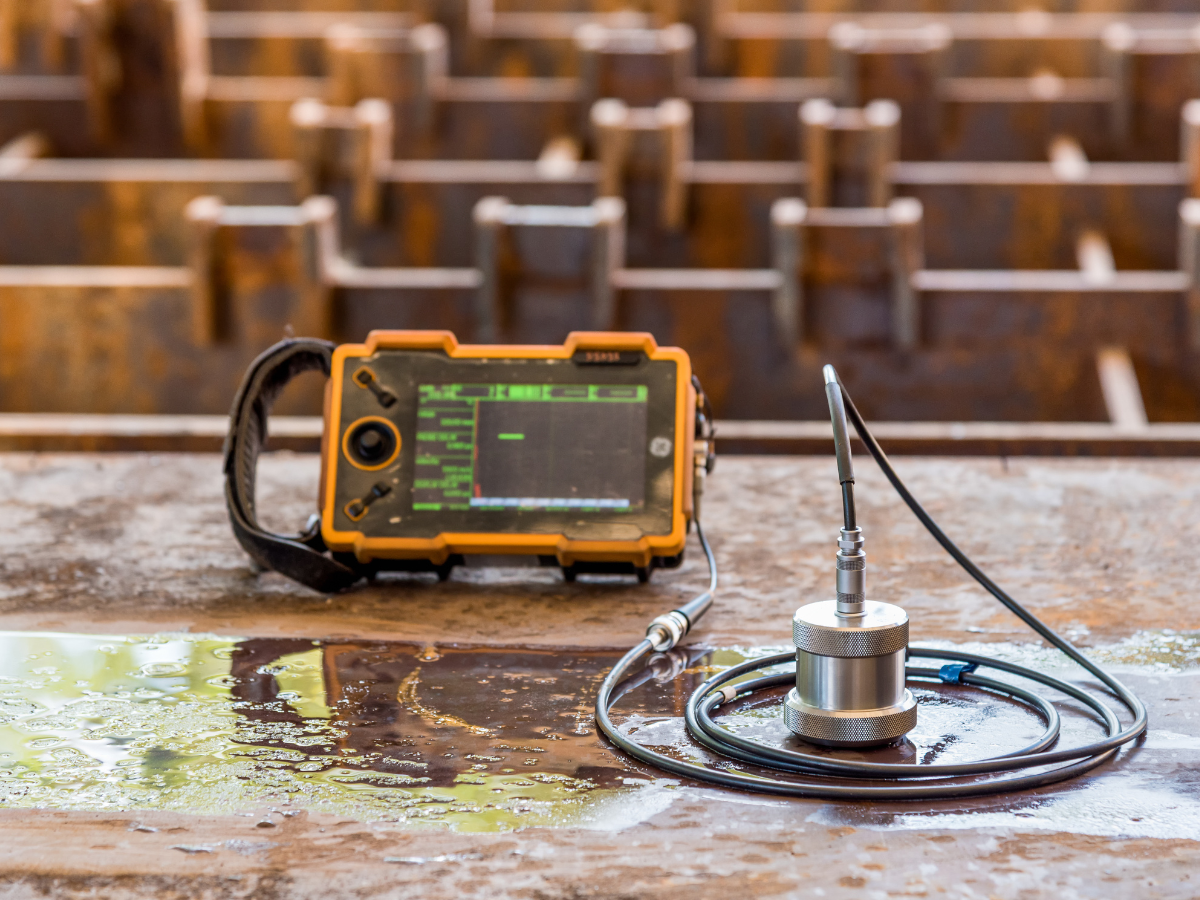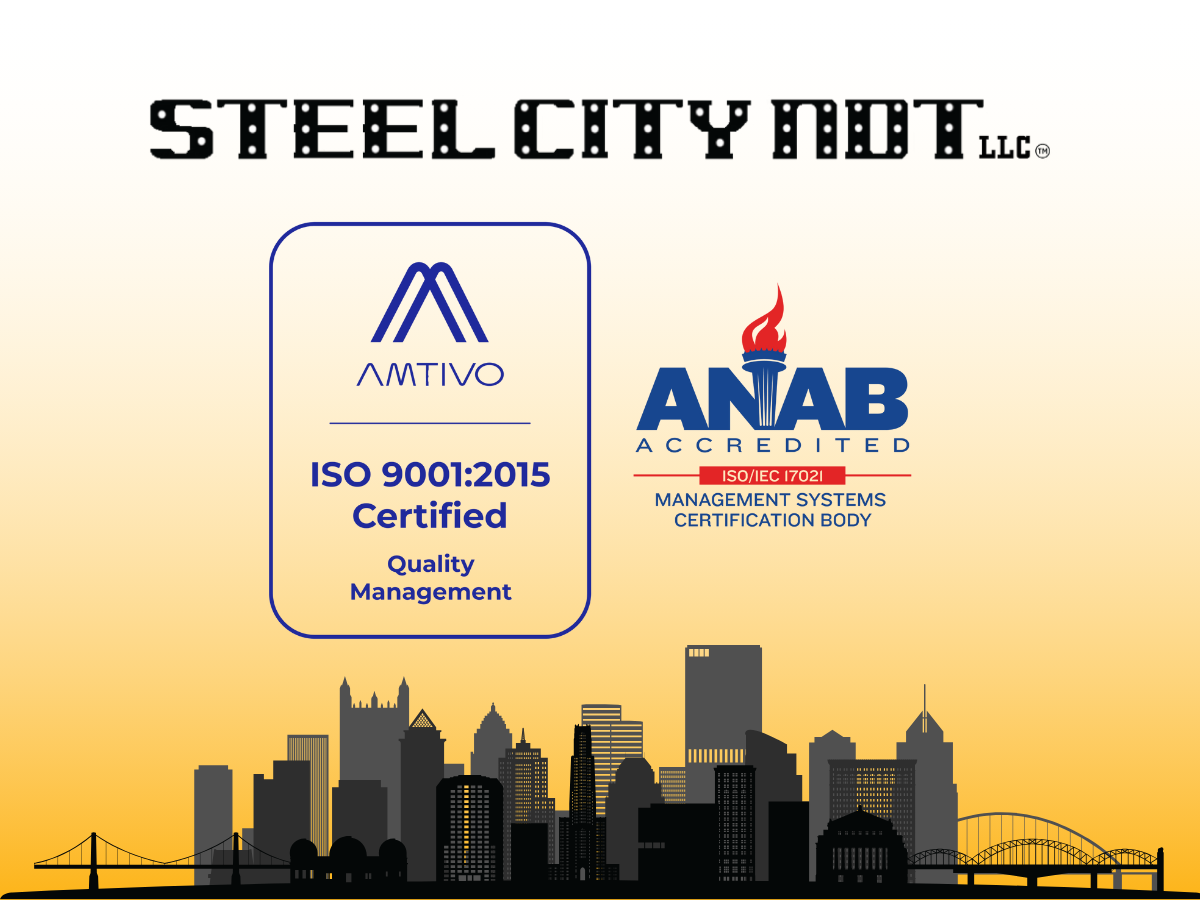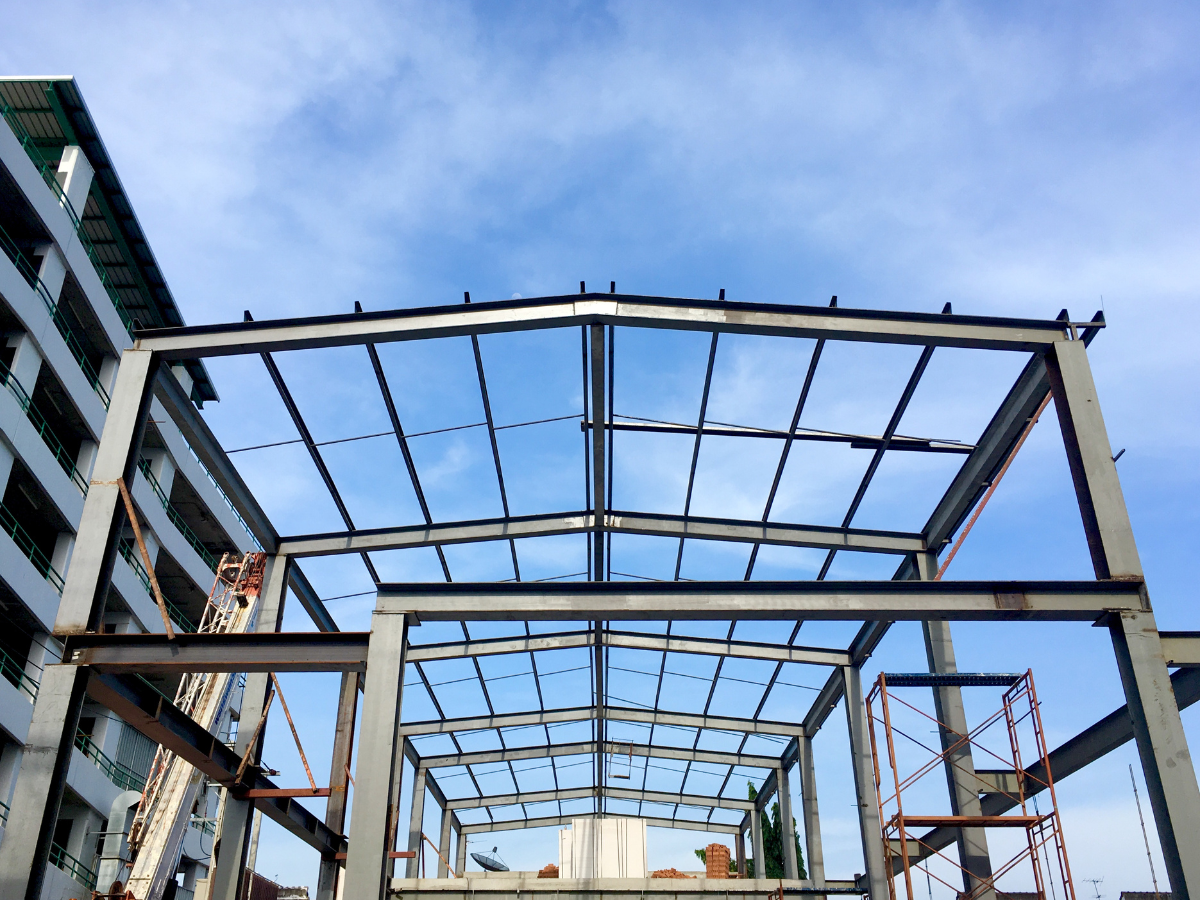Unveiling the Depths: A Comprehensive Journey into Diverse Non-Destructive Testing Techniques
December 11, 2023
Exploring the Different NDT Techniques
Non-Destructive Testing (NDT) is a crucial aspect of many industries, including manufacturing, construction, and aerospace. It involves testing materials and components without causing any damage, allowing for quality control and safety assurance. With the advancement of technology, there are now various testing solutions available, each with its own unique benefits and evaluation methods. In this article, we will explore the different NDT techniques and their uses.
Visual Inspection
Visual inspection is the most basic and widely used NDT technique. It involves a thorough visual examination of a material or component to detect any surface defects or abnormalities. This technique is often used as a first step in the testing process and can be done with the naked eye or with the help of tools such as magnifying glasses or borescopes. Visual inspection is a cost-effective and non-intrusive method, making it ideal for routine maintenance and quick checks.
Ultrasonic Testing
Ultrasonic testing (UT) uses high-frequency sound waves to detect internal defects or flaws in materials. A transducer is used to send sound waves into the material, and the reflected waves are analyzed to determine the presence of any defects. UT is commonly used in the aerospace and automotive industries to test for cracks, voids, and other internal defects. It is also used for thickness measurements and defect detection in welds.
Magnetic Particle Testing
Magnetic Particle Testing (MPT) is a technique used to detect surface and near-surface defects in ferromagnetic materials. A magnetic field is applied to the material, and iron particles are then applied to the surface. If there are any defects, the particles will be attracted to them, making them visible to the inspector. MPT is a fast and cost-effective method, making it ideal for detecting surface cracks and discontinuities in materials such as steel and iron.
Liquid Penetrant Testing
Liquid Penetrant Testing (LPT) is a widely used technique for detecting surface defects in non-porous materials. A liquid dye is applied to the surface, and it seeps into any cracks or defects. After a certain amount of time, the excess dye is removed, and a developer is applied to make the defects visible. LPT is a versatile method that can be used on a variety of materials, including metals, plastics, and ceramics.
Eddy Current Testing
Eddy Current Testing (ECT) is a technique that uses electromagnetic induction to detect surface and near-surface defects in conductive materials. A probe is used to create an alternating magnetic field, and any changes in the field caused by defects are detected and analyzed. ECT is commonly used in the aerospace and automotive industries to test for cracks, corrosion, and other defects in materials such as aluminum and copper.
X-Ray Testing
X-Ray testing is a technique that uses high-energy electromagnetic radiation to detect internal defects in materials. It is commonly used in the aerospace and medical industries to test for cracks, voids, and other defects in materials such as composites and ceramics. X-Ray testing is a highly accurate method, but it requires specialized equipment and trained personnel.
In conclusion, there are various NDT techniques available, each with its own unique benefits and applications. By understanding the different testing technologies and solutions, industries can ensure the quality and safety of their products and components. Contact Steel City NDT for all your nondestructive testing needs in Pittsburgh and beyond.





